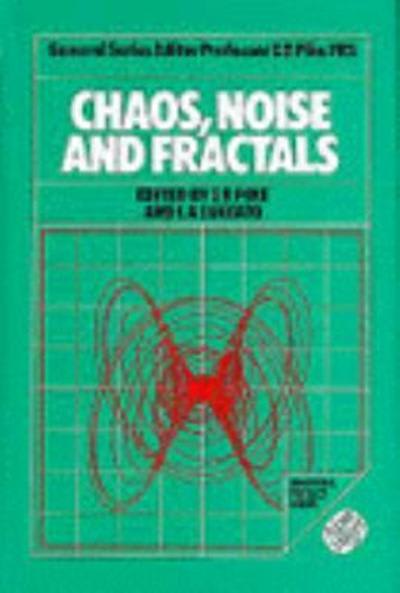Question
Suppose 1, ... , is an independent random sample of size m from a population which is normally distributed with mean 1 and variance 1^2.
Suppose 1, ... , is an independent random sample of size m from a population which is normally distributed with mean 1 and variance 1^2. Let 1 , ... , n be
another independent random sample of size n from a population which is normally distributed with mean 2 and variance 2^2 . Let (bar) and (bar) denote the sample means from these two samples, respectively. Since the two samples are independent of each other, the corresponding sample means are also independent.
- (a)What are the sampling distributions of and ? Give their names and parameters. (5 pts)
- (b)It is known that, both, the sum and the difference of two independent random
variables that follow normal distributions are also normally distributed random
variables. Using this information, what are the distributions of (bar)+ (bar)and (bar)-(bar)? Give their names and parameters. [Hint: You just need to find the mean and variance of (bar)+ (bar) and (bar)-(bar) . Note, if X and Y are two independent random variables, then V(X+Y)=V(X)+V(Y), and we know from property of variance that V(-Y)=V(Y)] (8 pts)
(c) Let 1^2 =4 and 2^2 =1, and m=32 and n=8. Then, find the probability that (bar)-(bar) is within 1 unit of the difference in true population means 1 2. (7 pts)
Step by Step Solution
There are 3 Steps involved in it
Step: 1

Get Instant Access to Expert-Tailored Solutions
See step-by-step solutions with expert insights and AI powered tools for academic success
Step: 2

Step: 3

Ace Your Homework with AI
Get the answers you need in no time with our AI-driven, step-by-step assistance
Get Started


